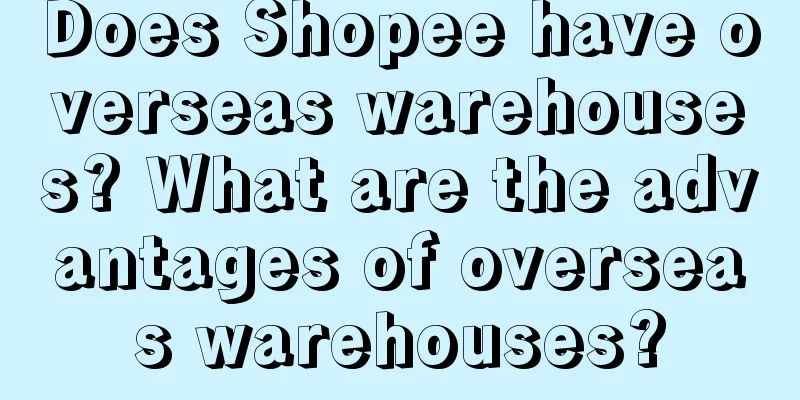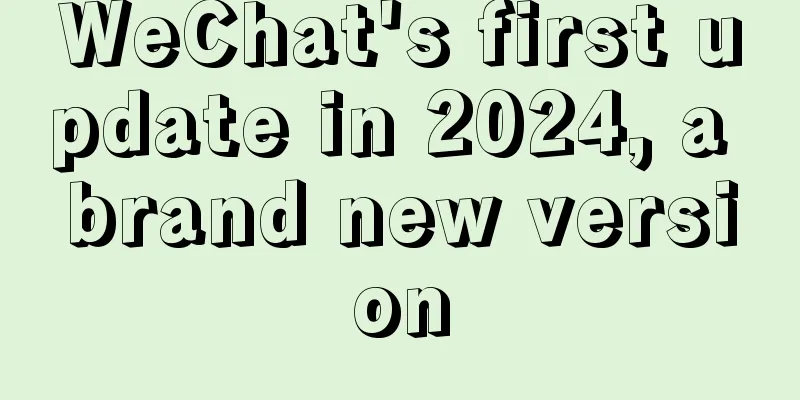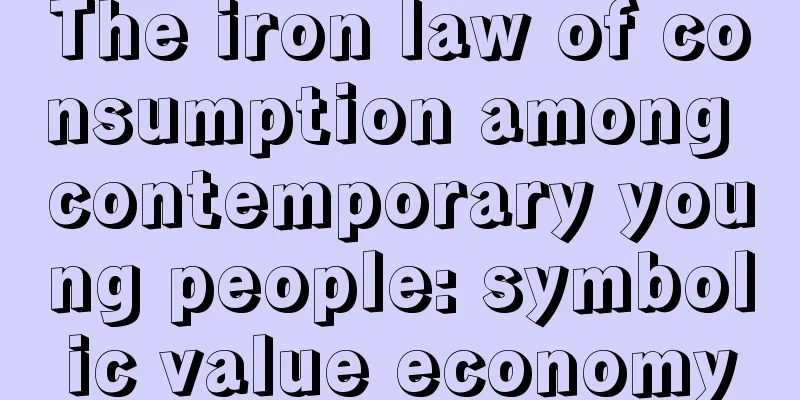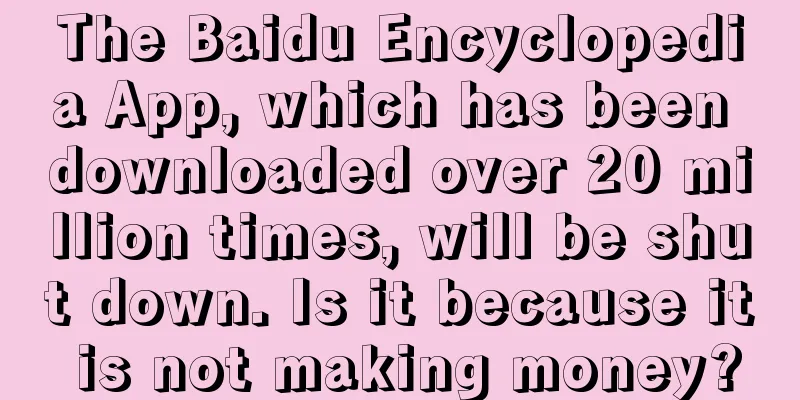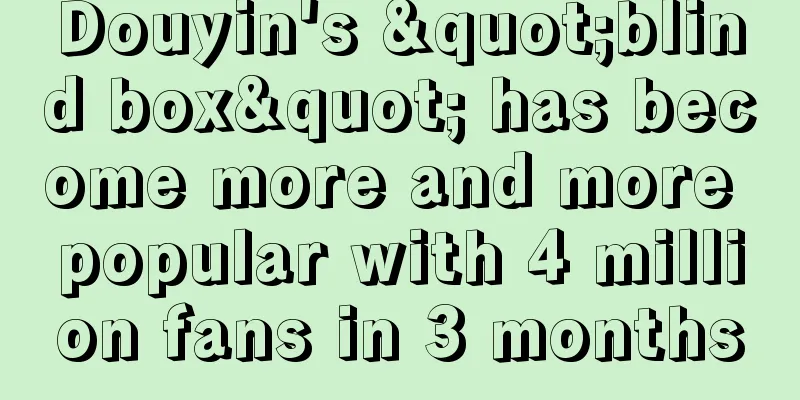It’s scary. Why do all the copywriting nowadays seem to be from the same mother?
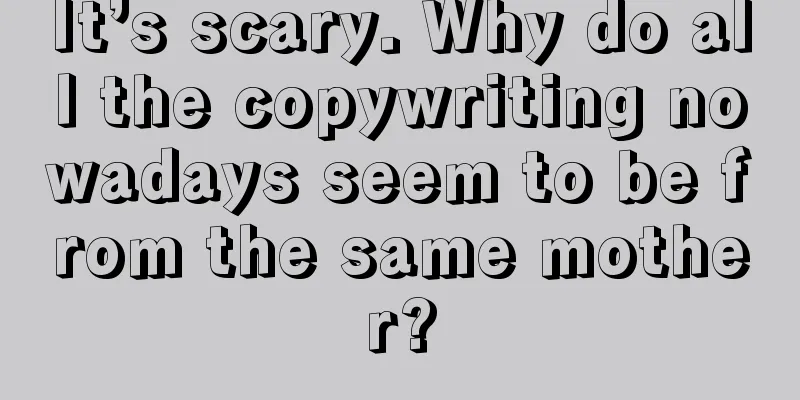
I don’t know if you have noticed a phenomenon that almost all the copywriting produced by brands nowadays is written in the same tone. Here are a few random sentences:
You must have seen a lot of such copywriting, which embeds some interesting jokes into brands or products through puns, synaesthesia and other rhetoric. Of course, there are also the simplest homophonic jokes, not to mention. Why has such copywriting become the "template" for all brands? First, it is really easy to sell in front of Party A, and Party A is also happy to accept it. It reflects the value of professional copywriting: not everyone who can read can write such text. Second, it can really arouse the pleasure of the audience or readers to read. It has a kind of "smart" element in it, and cleverness can make people feel happy. For example, when we chat with friends sometimes, we say a pun or a homophonic pun, and everyone will smile knowingly. The only drawback is that this makes all brand copywriting seem to be from the same mother, the brand tone no longer exists, and all brands are turned into "smart" ones who can only play tricks. 1. You can’t beat netizens in playing memesIt is not uncommon to see articles that are full of memes, such as "laughing to death in the comments section". In the comment section of Douyin or Xiaohongshu, a witty remark by an ordinary netizen can often attract tens of thousands of likes, which is an effect that even a brand campaign that costs millions of dollars cannot achieve. Many professional copywriters have been writing for half their lives, but have never written a sentence that has been liked by thousands of people. Those brand copywriting that play with memes are too ordinary and too common when posted on lively social platforms such as Weibo, Douyin, and Xiaohongshu. People will just read and swipe away, and may get a few "interesting" comments on Facebook. But like a drop of water on the tip of a needle falling into the sea, it will never enter the scope of social hot discussions. The original and crude memes played by netizens on social platforms stand out from the overwhelming amount of information garbage, showing the wisdom of the working people. In the era of TV advertising, buzzwords were mostly created by copywriters, because ordinary people had no chance to express themselves; but now buzzwords are mostly created by netizens, and copywriters have to compete with thousands of netizens for the attention of ordinary people, and they have to wear the shackles of the brand! 2. No insight, only memesIn advertising companies, insight is the most talked about word, but most of the brand copywriting that is released lacks insight. Copywriting with insight can be understood by everyone without explanation.
What is insight? It is a fact, but no one notices it; it is the truth of life, but it is often ignored. Once someone writes it, it becomes a "mouth substitute" in the comment section. "Mouth substitute" may be the highest evaluation of copywriters in this era. "Mouth substitution" is to rediscover the touching but unmentioned truths in life for everyone, to speak out the true voice of everyone, and to trigger the widest resonance. If it is said in the name of the brand, it is a good copy with insight. But finding insights is very difficult, which is also the challenge of good copywriting. How can you discover the facts that thousands of people have ignored? So, when there is not enough insight, we have to use all kinds of memes to show off our skills. Sometimes I also write such copywriting. There is no other way. The professionalism of copywriting requires us to hand in a 60-point answer sheet when we have no inspiration and the deadline comes knocking. But we should know that good copywriting cannot just be like this. 3. Having insight, you also need to set your intentionInsight alone is not enough to become the top copywriter or to build a great brand. It must be insightful copywriting that is tailored to the brand and combines the brand's tone. And if such copywriting is to set the tone for the brand, it must also have a purpose.
These three sentences are all very powerful. They all talk about time, the basic functions of the product; they all talk about ownership, meaning come and buy it, and you will own it. But they write completely different brand tones, from mass consumer goods to top luxury goods. The insights behind it are also completely different, which also determines that it targets different customer groups. Solvil et Titus talks about the joyful moments in life, which you will have no regrets if you have experienced them once; Vacheron Constantin talks about the symbolic significance of the brand to a successful life, in comparison, precious time is just an ordinary thing; and PATEK PHILIPPE redefines "ownership" as a king, making a watch transcend "ownership" in the sense of an object, and connecting it with the ultimate pursuit of mankind - life reproduction and family inheritance. The same watch, the same timing function, but their intentions are three different levels: life, success, and life inheritance. Intention is to establish the intention of the brand. Who do you want to say it to, what do you want to say, and how do you want to say it? Strategic intention copywriting determines the tone of all subsequent promotional copywriting. It does not need to play memes or chase hot spots to make the brand itself. It will never make all brands look like they were born from the same mother with only a vague face. Author: Chen Wuyong; Source public account: Chen Wuyong (ID: 1087819) |
<<: How do securities firms implement companion services based on customer journey orchestration?
>>: Is the smoke of war coming for 618? Taobao and JD.com are overloading their military training
Recommend
With two shows grossing over 60 million, the leader of the entire network’s trendy live streaming has emerged!
Recently, a phenomenal live-streaming anchor Che C...
Does Wish have its own shipping warehouse? What logistics are available?
Wish has always been a popular platform among many...
The second half of Xiaohongshu’s bonus has begun!
Now more and more people are starting to use Xiaoh...
Is “Moutai+” Moutai’s panacea?
This article analyzes in detail the advantages and...
Is Lazada reliable? What are its advantages?
When choosing an overseas platform to open a store...
How does DHgate.com do cross-border e-commerce? Which markets does it target?
As a cross-border e-commerce platform, DHgate.com ...
What information do I need to register with Shopee? Sharing of registration information with Shopee
Shopee can be said to be a new cross-border e-comm...
To shoot short videos on Tik Tok, it is enough to master these 12 traffic codes
This article shares 12 key points for shooting a p...
How to set up Amazon discount coupons? Where to set them up?
When domestic e-commerce platforms hold activities...
10+ years of user research experience, advice for beginner user researchers with 0-3 years of experience
If you are a newcomer to user research and want to...
With Sora's brutal intrusion, how can advertising professionals survive?
OpenAI released the Vincent video model Sora. What...
Can “sense of participation” marketing help Xiaomi squeeze into the new energy vehicle “circle of friends”?
On December 28, the Xiaomi Automotive Technology C...
Young people are scrambling to buy substitutes, but are factories really making money?
Young people are now more looking for substitutes,...
Digging out new groups from old categories, a super opportunity for the Super Bowl
When people think of light meals, the first thing ...
Can cross-border e-commerce still be done? Specific situation analysis
How to do cross-border e-commerce has always been ...
